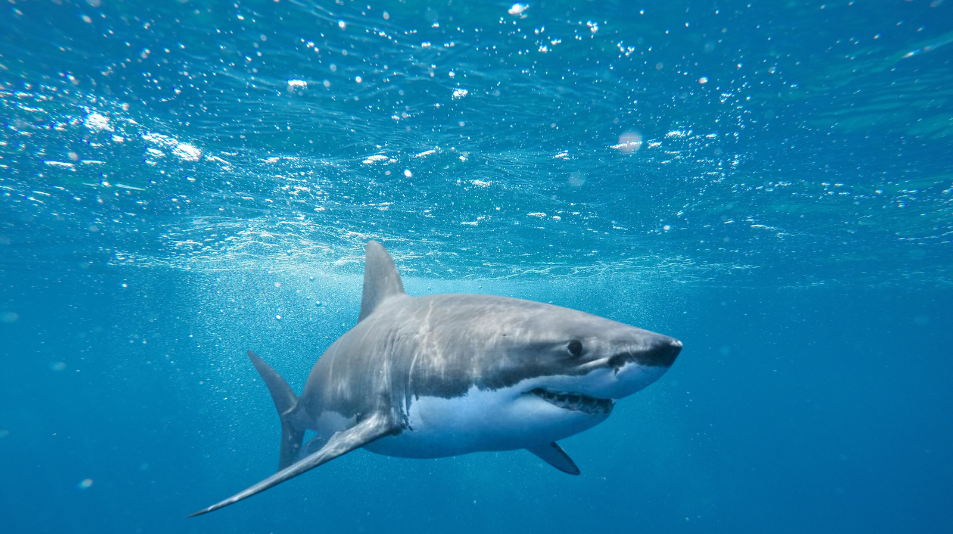
The Mysteries of Sharks: Ancient Predators in Modern Times
Sharks, the ancient predators of the deep, have been a source of both fear and fascination for humans. This summer, as we gear up for the 35th official Shark Week, it’s time to shed light on these misunderstood creatures. This article will explore the intriguing world of sharks, their unique characteristics, and the threats they face in the modern world.
The Human-Shark Relationship
While sharks have often been portrayed as a threat to humans, the reality is quite the opposite. Humans pose a far greater danger to sharks, primarily due to overfishing. The 35th official Shark Week, taking place from July 23 to July 29, aims to foster conversation and education about these ancient marine predators that are vital to the health of our oceans.
The Diversity of Sharks
Sharks are a diverse group, with over 500 species ranging from the dwarf lantern shark, smaller than a human hand, to the whale shark, which can grow as long as a school bus. Each species has unique characteristics, making generalizations difficult.
The Plight
Sharks have been around for hundreds of millions of years, but they are now in grave danger. Overfishing has led to a 71.1% decline in shark and ray populations between 1970 and 2018, according to a 2021 study published in the journal Nature.
The Longevity
Sharks are known for their longevity. The Greenland shark, for instance, is the longest-living known vertebrate on Earth, with an average lifespan of at least 272 years. Some individuals are estimated to live for at least 400 years.
The Ancient History of Sharks
Sharks have a history that predates even the dinosaurs. The earliest shark fossils date back 450 million years, making these creatures 90 million years older than trees and 190 million years older than dinosaurs. They have survived five mass extinctions, including one that wiped out around 96% of all marine life.
The Ecological Role
Sharks play a crucial role in maintaining the health of marine ecosystems. For instance, tiger sharks help ecosystems respond to extreme climate events by influencing the behavior of their prey, which in turn affects the growth of seagrass. This process helps sequester carbon, contributing to climate change mitigation.
The Reproduction
Reproduction methods among these marine predators exhibit a wide range of diversity. Species such as the frilled and basking varieties can carry their young for over three years in a prolonged gestation period. In contrast, makos and bull types are known to give live birth. However, certain kinds, like the cat variety, lay eggs instead.
The Communication
Sharks primarily communicate through body language, as they lack organs for producing sound. They use movements such as zigzagging, shaking, and moving their jaws to convey messages.
The Sixth Sense of Sharks
Sharks possess a sixth sense that allows them to detect nanoscopic electromagnetic currents. This ability helps them navigate the ocean, find prey, and even locate mates. By hunting sick and weak animals, it play a crucial role in maintaining the health of marine ecosystems.
In summary, Sharks are ancient, diverse, and fascinating creatures that play a crucial role in our oceans. As we celebrate Shark Week, it’s important to remember that these predators are more threatened by us than we are by them. By understanding and respecting these magnificent creatures, we can work towards a future where humans and it coexist in harmony.


